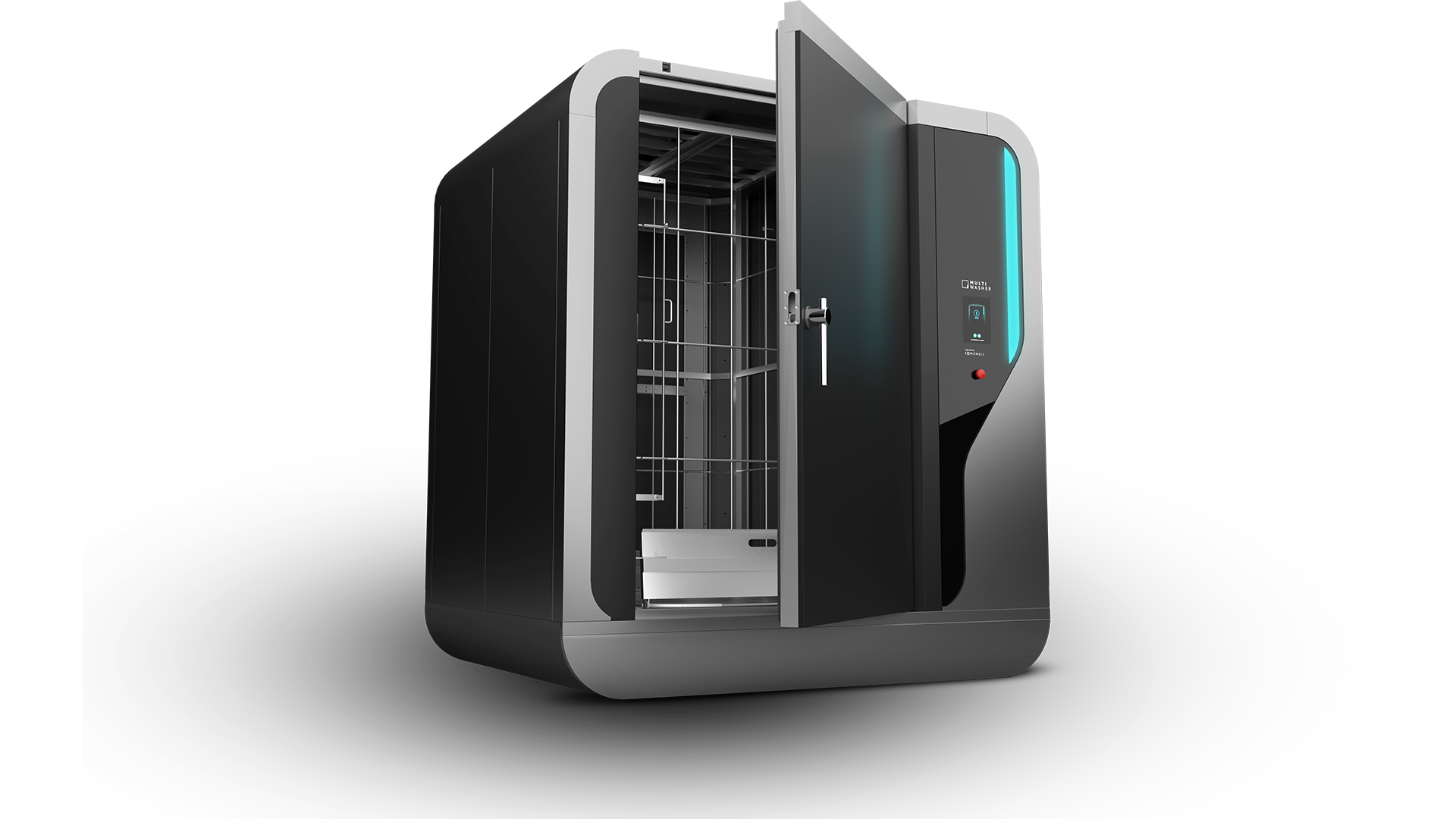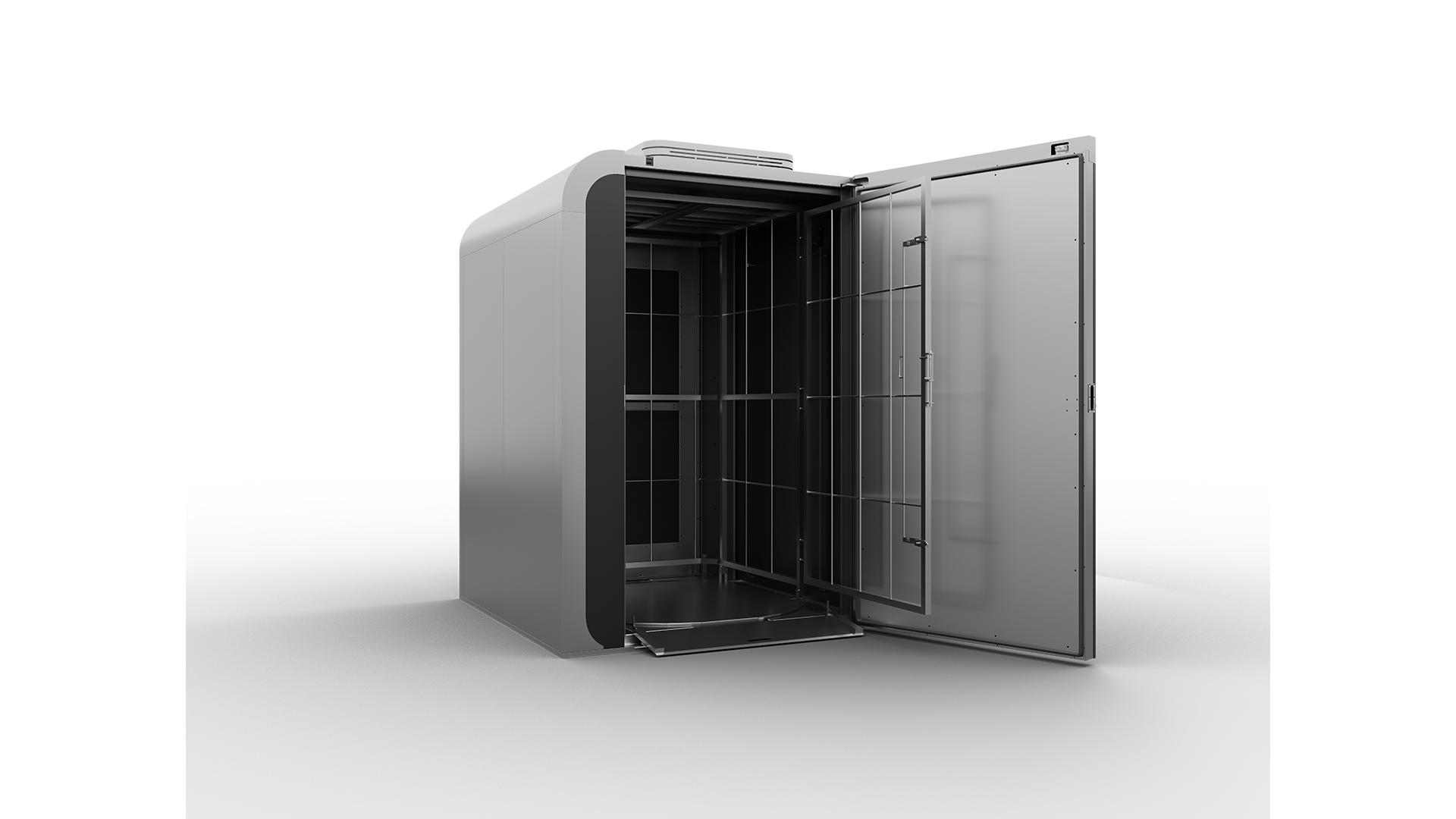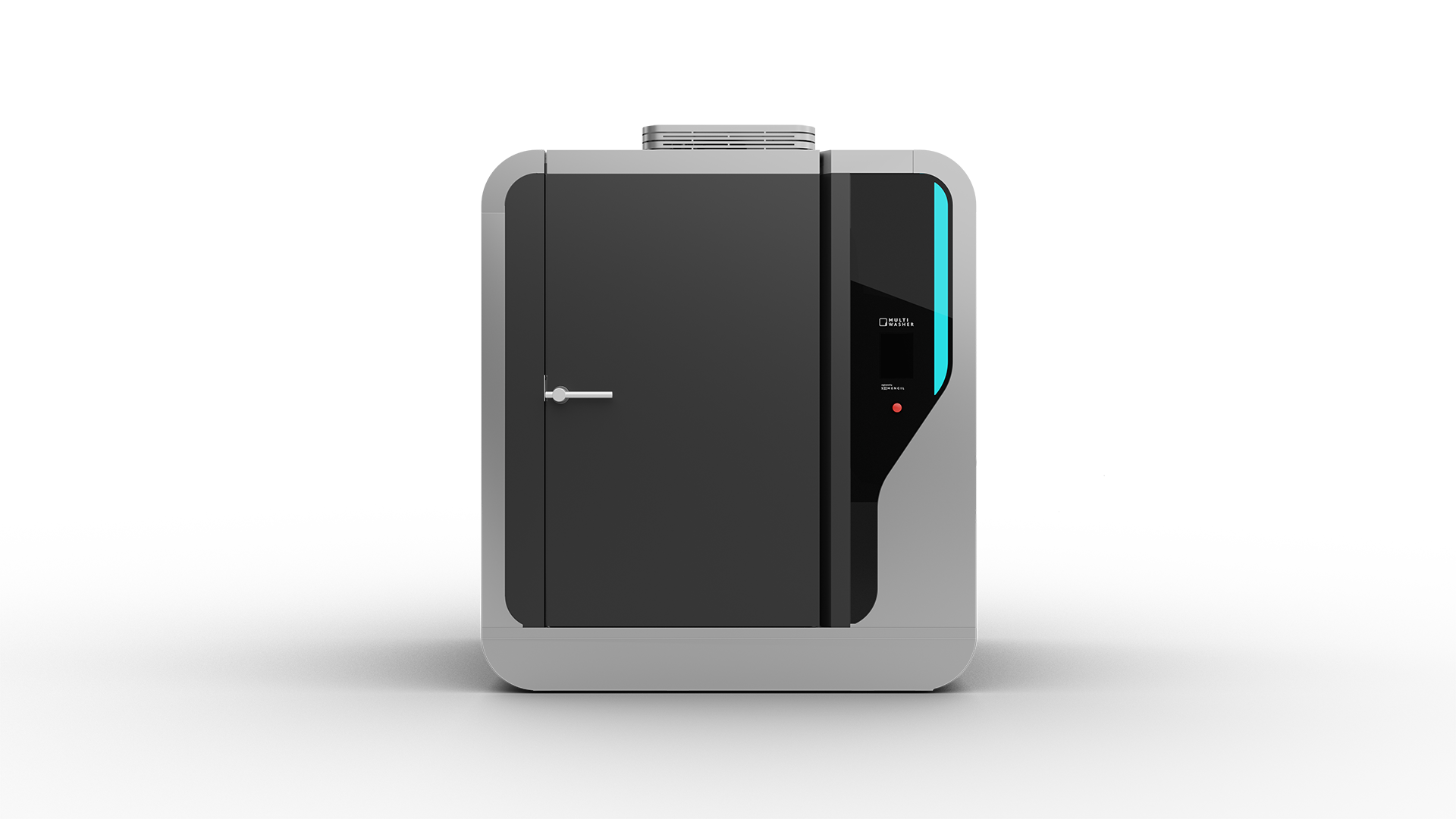Popular posts

Industrial washing / Articles
Mean Time to Repair: what is it and how to measure it
Learn how Mean Time to Repair (MTTR) reveals recovery blockages and helps reduce downtime in industrial operations.
2025-12-19

Industrial washing / Articles
Mean Time Between Failures: what it reveals about the reliability of your equipment
Discover how Mean Time Between Failures (MTBF) reveals hidden reliability issues and improves uptime in industrial operations.
2025-12-10























 Portugal
Portugal United Kingdom
United Kingdom United States
United States France
France Spain
Spain Germany
Germany Romania
Romania Italy
Italy Czech Republic
Czech Republic Finland
Finland Hungary
Hungary Slovakia
Slovakia Greece
Greece Lithuania
Lithuania South Korea
South Korea Russia
Russia Saudi Arabia
Saudi Arabia Poland
Poland Brasil
Brasil Hebrew
Hebrew